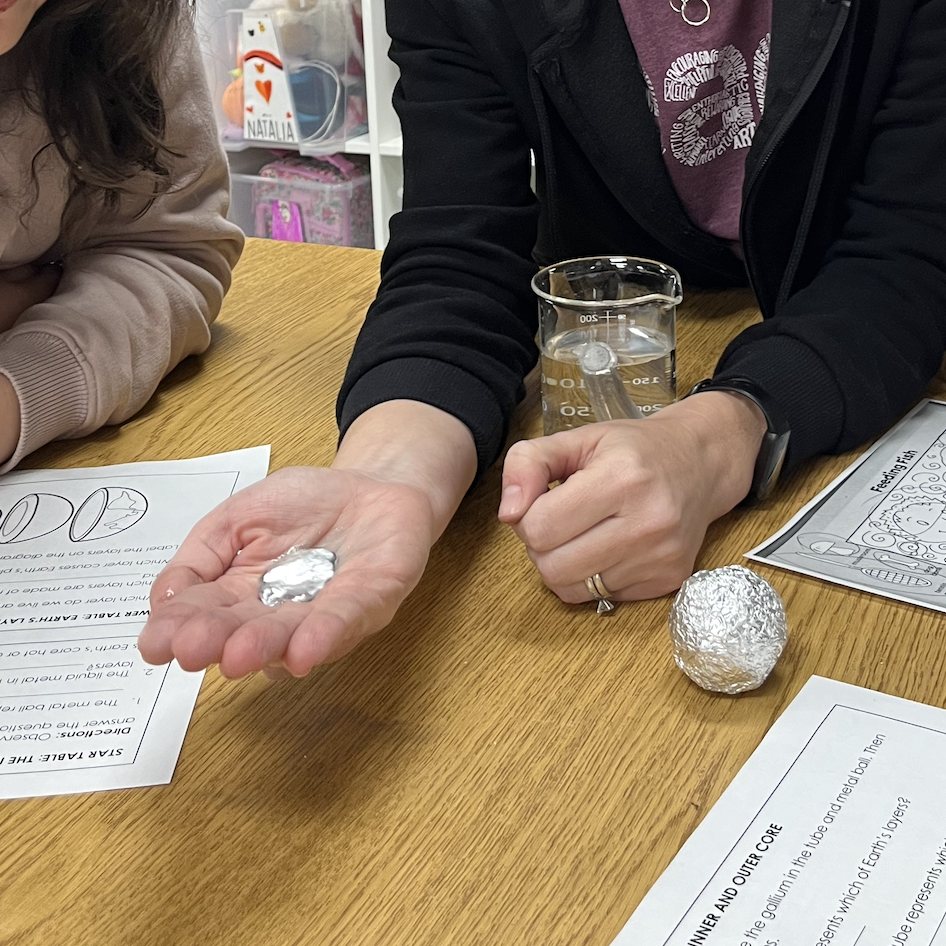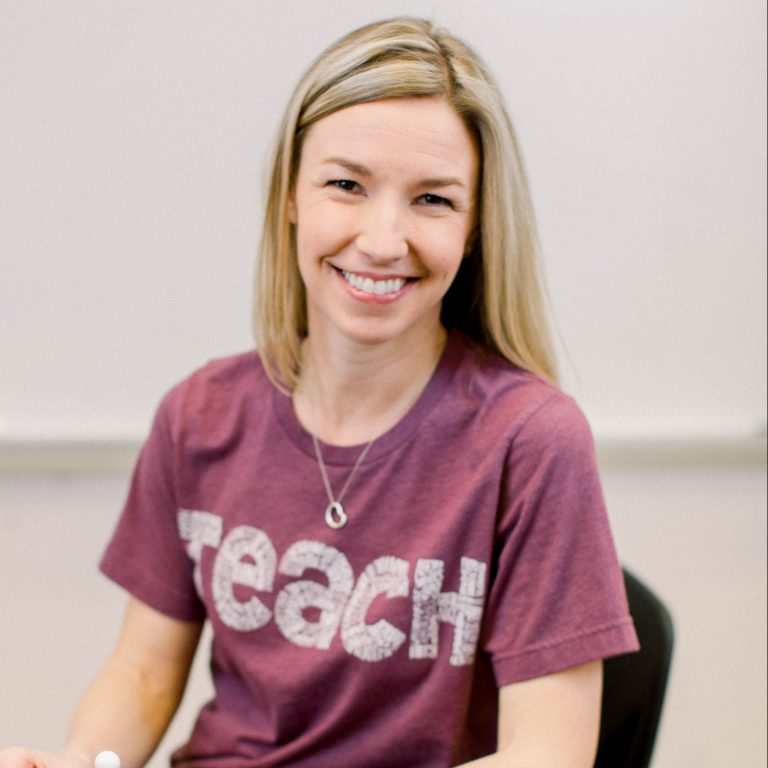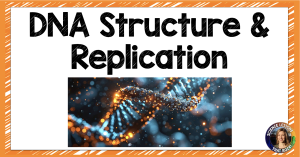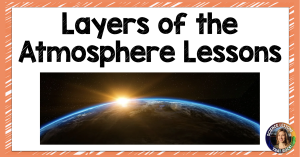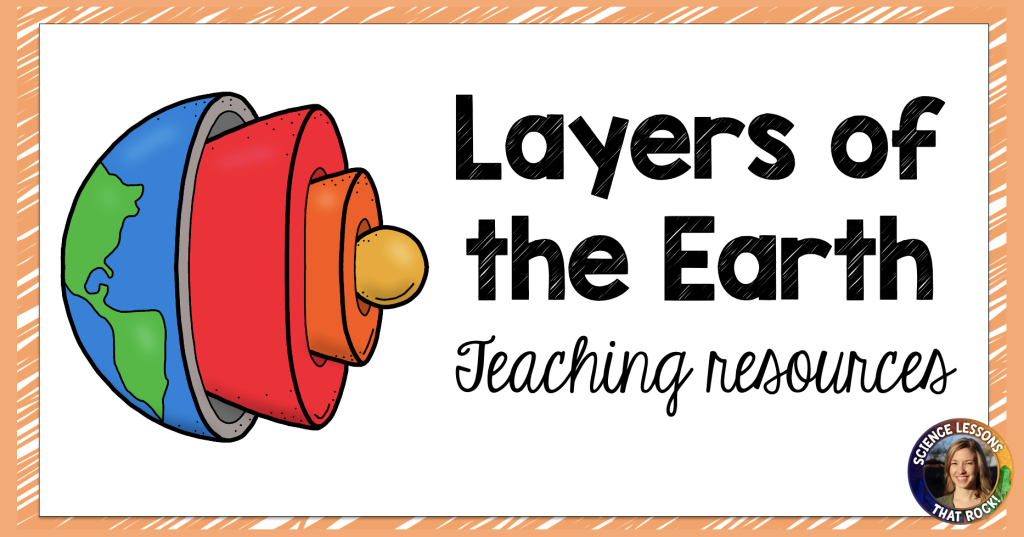
Teaching about Earth’s layers can be SO FUN! There are a lot of ways to make this topic hands-on and weave in some demos and experiments. Below is a list of activities you can choose from!
Layers of the Earth Lesson Ideas

I always try and begin a unit with some sort of activity to see what students already know, and identify misconceptions. I gave students a blank sheet of paper and asked them to draw me a picture of what Earth looked like from the top down to the center (don’t use terms like crust or core). I had them add to their drawing as we went by prompting them with questions like “Are there layers, and if so how many?” or “Do you know the names? If you know if they are solid or liquid, label them.” Since I teach upperclassman, most students already knew the basics of the layers and it helped me know what I could gloss over.
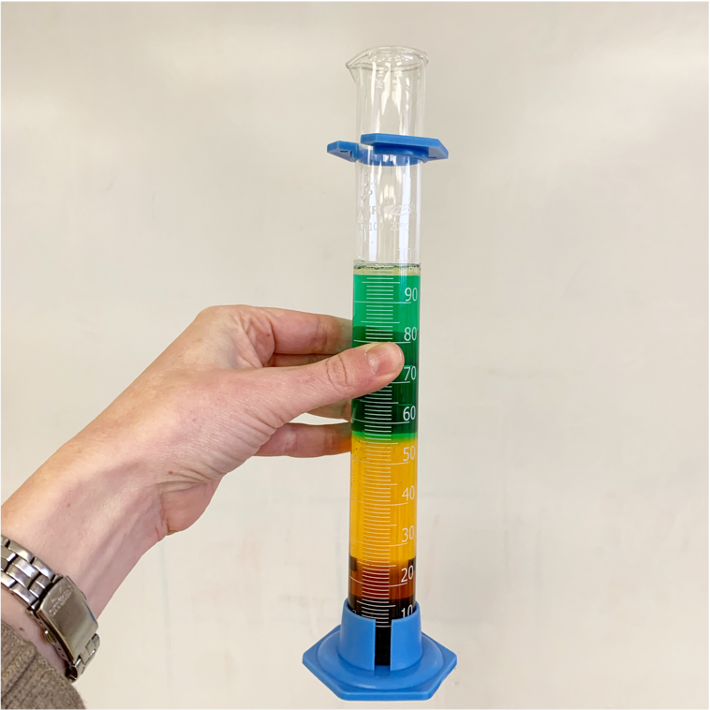
DENSITY: Why does Earth have layers in the first place? Did Earth always have layers? We talked about density and how the heavier, more dense elements sunk to the core, while the lighter, less dense elements rose to the crust. There are lots of simple ways to model this concept. One option is to create a scaled density column with different liquids. Another simple option could be to get a glass jar of dirt, rocks, silt, and fill it with water. Give it a shake and let it settle. Students will see how the heavier pieces sink to the bottom, and the lighter less dense sediment settles on top.

DOODLE NOTE: I’m not one to use doodle notes often, but when there is a concept that is very visual (like comparing Earth’s chemical and physical layers) I like providing a diagram. Students took notes in each box as we went through and discussed characteristics of each layer. You can find the powerpoint and note page on my website or on TpT.
THE CORE: I wanted a way to model to students that the inner core is solid, and the outer core is liquid. I obviously couldn’t melt liquid iron, so I purchased some gallium instead! Gallium is a metal with a very low melting point of 85F and is safe to touch. I placed the tube of gallium in warm water and within a couple minutes it was nice and liquid. I poured it in my hand and let students poke at it.
I wanted to have a solid, dense metal ball to model the inner core but I didn’t have anything available. If you have a ball bearing, that would do the trick! Instead, I took a golf ball and wrapped it in tin foil. Not as dense as I would have liked, but worked in a pinch.
If you are talking about the core, you will likely be discussing how it creates Earth’s magnetic field. Swirling iron and nickel in the core creates a magnetic field that is vital to the survival of life on our planet, as it protects us from the Sun’s radiation. We can’t feel the magnetic field, but we can observe it with a compass! If you have compasses in your classroom, give students a compass and teach them how to read it. You could even set up a scavenger hunt outside where they have to walk 10 paces 90E, 5 paces 200S, etc.
After understanding how a compass works and which way is north vs south, you can introduce paleomagnetism and magnetic field reversals. This is great evidence for continental drift, which will likely be an upcoming topic for you.

THE MANTLE: Convection currents in the mantle cause Earth’s plates to shift and move. There is a low-tech way and a high-tech way to show students a convection current:
High tech method: I had my school purchase this convection current apparatus from Wards. On one side of the model you add hot water with red food coloring, and on the opposite side you add cold water with blue food coloring. Within a few minutes students will see how the red water rises to the top tube, the blue water sinks to the lower tube, and a convection current forms.
Low tech method: There is an easy way to see the same concept with materials you probably already have. Fill a clear plastic tub with room temperature water. Fill a small beaker with hot water and add a drop of red food coloring. Fill a small beaker of water with cold water and add a drop of blue food coloring. Place your thumb over the opening and slowly lower the test tubes to the bottom of the tub. Once you let go, students will see how the red food coloring exits the tube and rises, while the blue food coloring sinks.
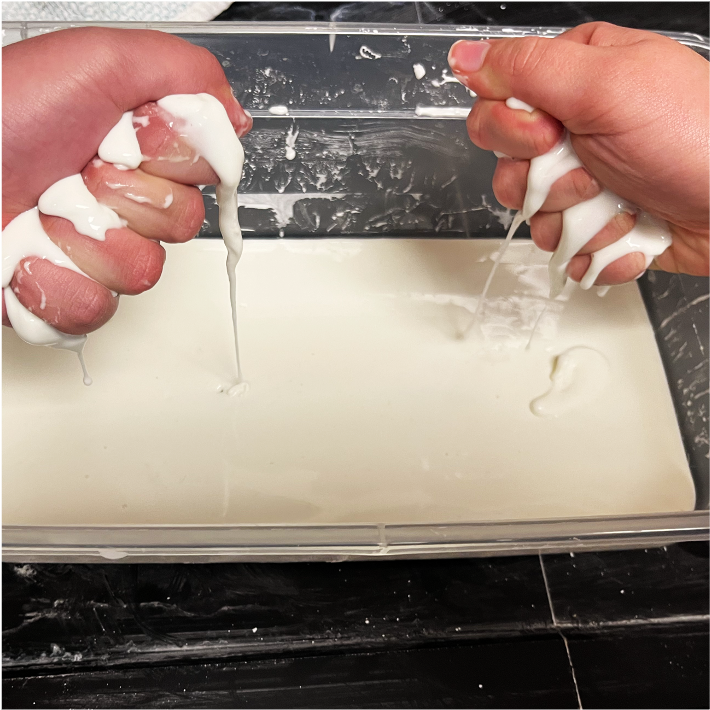
THE ASTHENOSPHERE: The asthenosphere is a solid that can flow like a liquid. The deeper you go into the mantle, the more solid it becomes due to increasing pressure. One fun way to model this is by making oobleck! (To make oobleck mix ~1 cup cornstarch and ~1/2 cup water). Students can play with the oobleck and notice how it behaves. What happens if you squeeze it tight in your hand? What happens if you let it flow through your fingers? How does pressure change the properties of the oobleck?
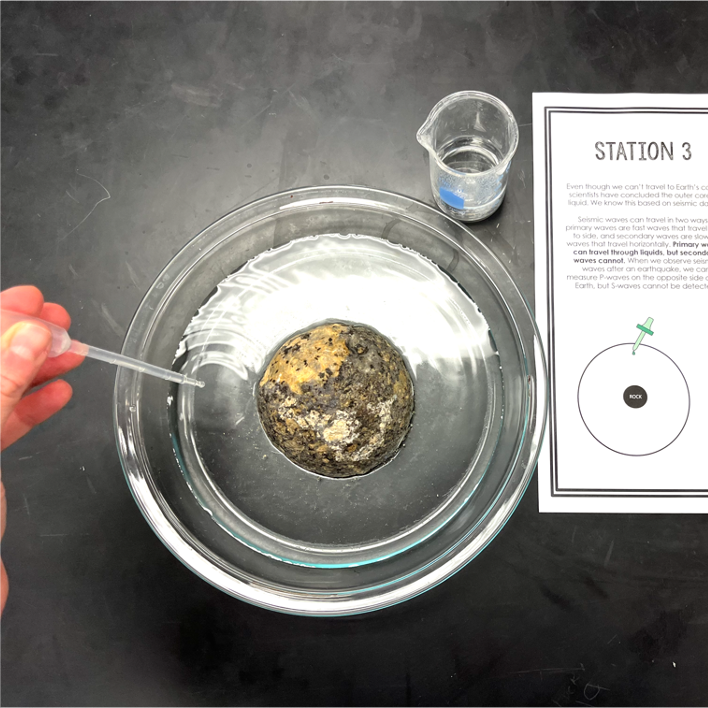
STATIONS: I created these 8 stations for students to explore after we took notes on the layers of the Earth. You can find it on my website or on TpT.
Would you rather get this station activity FOR FREE?! Enter your email here and I’ll send them to your inbox!
Rock on,


